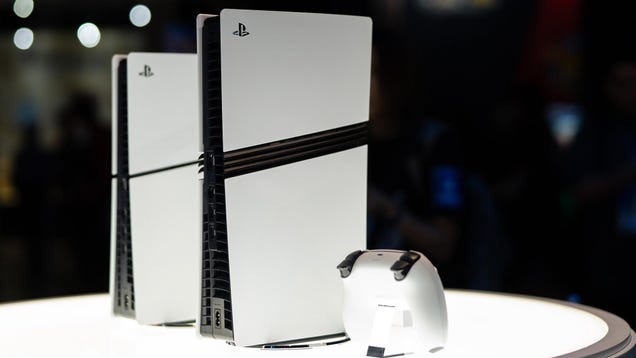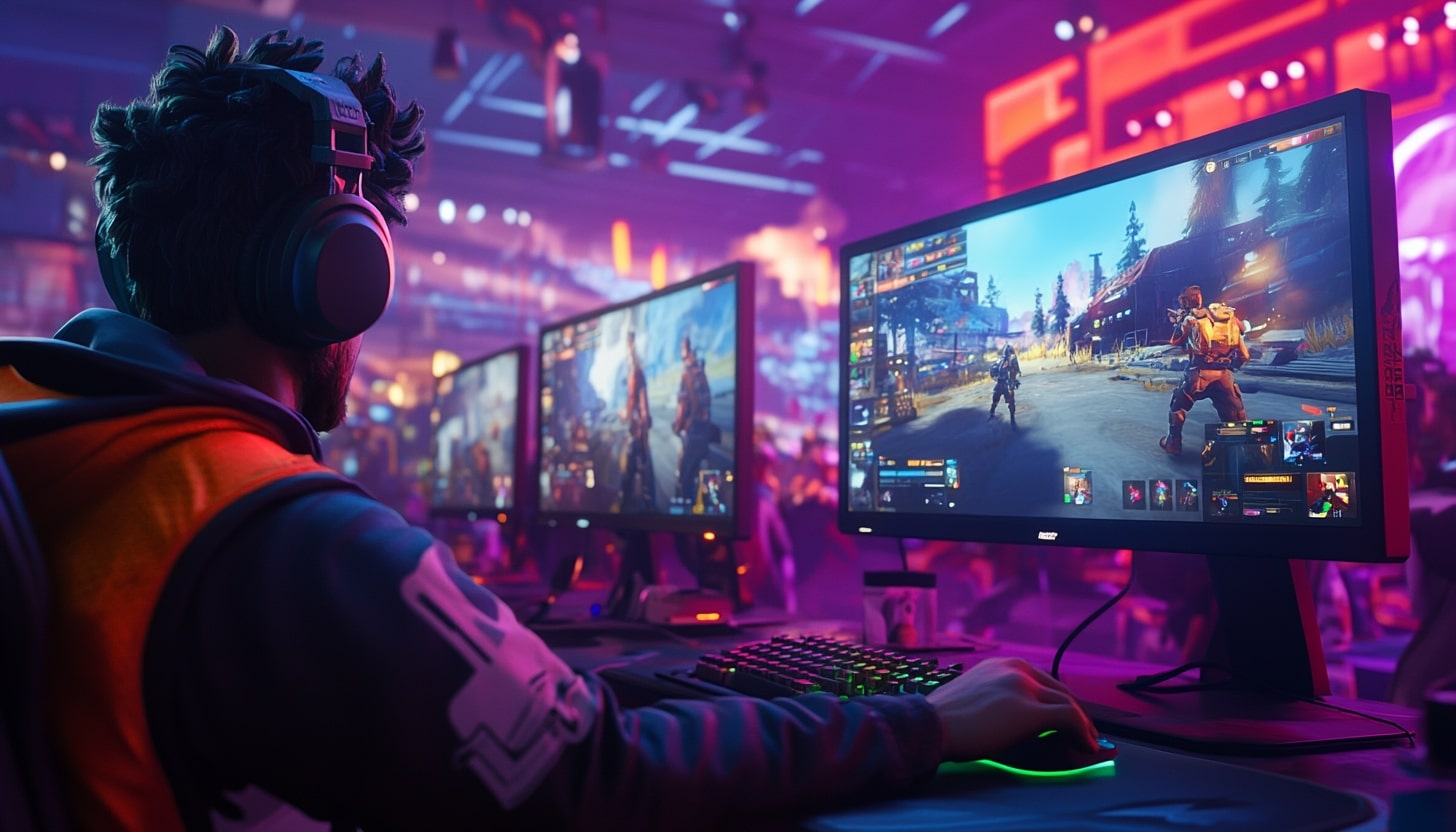
Lenovo Legion Tower 7i Review
The Lenovo Legion Tower is a perfect example of how good prebuilt gaming PCs are getting these days. Rather than being built out of shady and proprietary hardware that’s a pain to replace, this is just a solid tower with standard hardware that’ll be extremely easy to upgrade later down the line.
And for the most part, the hardware that’s already included is pretty top notch. The model I reviewed has a robust 240mm AIO cooler keeping the Intel Core i9 nice and cool, along with an Nvidia GeForce RTX 4070 Ti Super, also with a robust cooler. There are a couple of corners cut – it’s clear Lenovo went with the cheapest RAM it could muster, for one – but this is an excellent starting rig for anyone that’s nervous about building their own gaming PC.
Purchasing Guide
The Lenovo Legion Tower 7i is available now, starting at $2,049 for the model I reviewed here. That’ll get you an Intel Core i9-14900F, 32GB of RAM and an Nvidia GeForce RTX 4070 Ti Super. If you just need more performance, you can upgrade the GPU to an RTX 4080 Super, along with a 2TB SSD for $2,449.
Design and Software
At first glance, the Lenovo Legion Tower 7i looks like any other mid tower gaming PC. It’s a giant block of metal with a glass side panel and plenty of RGB lighting. But that similarity to any other gaming PC is what makes the Tower 7i special. Rather than having some proprietary design to make it look edgy or unique, this Lenovo gaming PC is just, well, a gaming PC.
The chassis for the Legion Tower 7i is quite chunky, measuring 19.37 inches tall and 18.27 inches long, meaning it takes up significant space on your desk. It’s also heavy, starting at 37.48 pounds, and getting heavier with more powerful hardware. The tempered glass side panel does contribute to this weight, but it is thick and doesn’t seem like it’ll break easily. Plus, Lenovo really did put a lot of effort into the RGB lighting, and you’re going to want to show that off, even if the RAM is left out of the fun for some reason.
The front panel of the tower is also surprisingly thick, and instead of having a simple glass or mesh front, it’s textured. The Legion Tower 7i has these little spikes on the front of the panel, each of which has mesh openings, allowing for air to flow through to the radiator, all while maintaining a unique aesthetic. This front panel also has a RGB-lit Legion logo that you can control through software.
The spiky, meshy front doesn’t leave much room for ports, so instead the front I/O is located on the top of the tower, next to the power button. You get four USB-A ports, two of which are USB 3.2 Gen 2, along with a headphone jack. This is a standard array of ports, especially for a tower this size, but it would have been nice to see at least one USB-C port on the front. There is a singular USB-C port on the rear of the device, but that’s a pain to get to when you just need to connect your phone or some other accessory.
You can remove the glass side panel to get at the PC’s innards by removing two thumbscrews on the back of the PC case, making it extremely easy to service. The first time I got into the system, I was surprised by how normal everything looked. Rather than having, for instance, a motherboard that’s cut to some proprietary shape to fit a weird case, everything uses industry-standard sizing and mounting. So, even if some of the component choices are a little cheap for the price, it means you can replace any part of the system with something you buy off of store shelves.
This makes the Lenovo Legion Tower 7i a great gaming PC for anyone that doesn’t want to build their own tower, but would still want to upgrade it in the future as new graphics cards and such come out.
However, this isn’t as pure as a freshly built DIY computer, as it does come with a fair share of bloatware. When I set the Legion Tower 7i up for the first time I was surprised that the system not only came with McAfee pre-installed, but the trial was already over and asking for money by the time I got into the system. It doesn’t feel great to boot up a system that costs upward of $2,049, only to have it immediately ask for an expensive and unnecessary subscription. I immediately uninstalled McAfee, making it a temporary annoyance at worst, but anyone less tech savvy could easily get duped into paying for the service.
Lenovo also includes two of its own apps, Lenovo Vantage and Legion Arena. Lenovo Vantage is the primary way you’ll tinker with hardware settings, whether that’s changing up the RGB lighting or updating drivers. It luckily stays out of the way until you need it. Legion Arena, however, is genuinely cool software. It will gather up your games from all their different launchers and let you launch everything from a single app. There are dozens of apps like this these days, but it’s nice that one is built in and so easy to use.
Performance
Any gaming PC equipped with an Intel Core i9-14900F and an Nvidia GeForce RTX 4070 Ti Super is going to have strong performance – despite the issues Intel’s recent CPUs have been facing. The Lenovo Legion Tower 7i is no different – it’s an extremely powerful gaming PC, easily able to power through 1440p and even 4K gaming.
Lenovo is able to offer this level of hardware at a much more affordable price than its competition, too. For instance, with similar hardware, the Alienware Aurora R16 is going to cost around $2,499, while the HP Omen 45L will set you back a whopping $2,999. You do get a slightly more premium chassis with either of these options, but is that really worth it when you’re getting the same hardware either way? The answer is no.
Thanks to the Nvidia RTX 4070 Ti Super, the Lenovo Legion Tower 7i is an agile gaming machine. In the 3DMark Speed Way test, which tests performance in a modern gaming workload with ray tracing, the Tower scored 6,318 points, which is exactly what I would expect from that graphics card. Likewise, in Time Spy, a similar test but without ray tracing, the Lenovo Legion scores 22,420 points, which is absolutely massive performance.
In real world gaming benchmarks, the Lenovo Legion Tower 7i absolutely blew through my testing suite at 1080p, proving once and for all that this machine is meant for 1440p gaming at a minimum. For instance, in Cyberpunk 2077 with the Ray Tracing Ultra preset, the Legion Tower 7i managed to score 116 fps. Given that Cyberpunk 2077 is one of the most demanding PC games on the market right now, that’s an incredibly impressive showing.
Even in Black Myth: Wukong, on the ‘Cinematic’ preset, this machine managed to average 74 fps, and that number jumped up above 100 fps when Frame Generation was enabled.
Jackie Thomas is the Hardware and Buying Guides Editor at IGN and the PC components queen. You can follow her @Jackiecobra








